33 Genius Tips for Downsizing Your Home After 50

While that sprawling house you bought as your family grew may have suited you at one point, many people find themselves with too much space on their hands by the time they hit middle age. According to a 2019 report from the National Association of Realtors, downsizing was one of the top reasons individuals between the ages of 54 and 63 decide to move. But for many, getting the ball rolling on a move to a smaller space is easier said than done, especially because of all the things that can’t come with you. If you find yourself saddled with too much square footage—and too much stuff—read on to discover some easy ways to effortlessly downsize.
1
Consider the hidden costs.

While downsizing may seem like the natural next step in life once your kids have moved out and you’re eager to have less space to keep clean, that doesn’t necessarily mean it’s going to be a financially viable decision.
Before you decide to start your search for a smaller place in the same locale, make sure you know the historical trends in the real estate market—if things keep getting more expensive in your area, you might want to broaden your search.
2
Talk to friends who’ve downsized in the past.

One of the hardest things about downsizing? Not knowing what to expect. If you’re worried about how the process may affect you, discuss it with some friends who’ve done the same in the past. While it may seem like a scary prospect at first, when you hear others tell you how much happier they are in a smaller space, you might find yourself inspired to follow their lead.
3
Think about what you see your life looking like in the future.

If your next home is going to be little more than a place to rest in between trips around the world, do you really need all that stuff and all those square feet? Karin Socci, a Master KonMari practitioner and owner of The Serene Home, recommends making a plan for the next few years and deciding how your current collection of items fits into that future.
“Do you want to have a simpler lifestyle with fewer things to care about in a smaller, more efficient living space? Would you like to be able to focus on travel and hobbies away from home?” Socci suggests asking yourself. Thinking about these things will make it easier to know what to toss and what to keep.
4
Get into the right mindset before you embark on the big clear-out.

Whether you discuss your downsizing plans with a therapist or simply have a heart-to-heart with your family about your feelings, it’s important to make sure you’re prepared for the flood of emotions downsizing may open up as you go through items from decades past.
“Instead of focusing on regret, experience your memories and emotions and cherish them. … Letting an item go does not mean that you are losing the experiences or memories associated with the item,” says professional organizer Susan Santoro, owner of Organized 31. “Letting items go means you are free to move forward rather than being held back by things. … Focus on the person that will benefit from receiving your item and on your new future.”
5
Sort by category.

Don’t attempt to clear out your space in one fell swoop. Instead, “do clothes, books, paper, miscellaneous items, and finish with sentimental items. Clothing is easier and sentimental things are the hardest,” says Socci. “Starting with the easy things will help you develop good edits skills!”
6
Take pictures before you begin.

“Before you start decluttering and downsizing, take photos of every room. These photos will help you if you have any moments of regret over items you’ve let go,” says Santoro. “You should also take photos of individual items that are special to you that you will be letting go.”
7
Pare down anything you have more than one of.
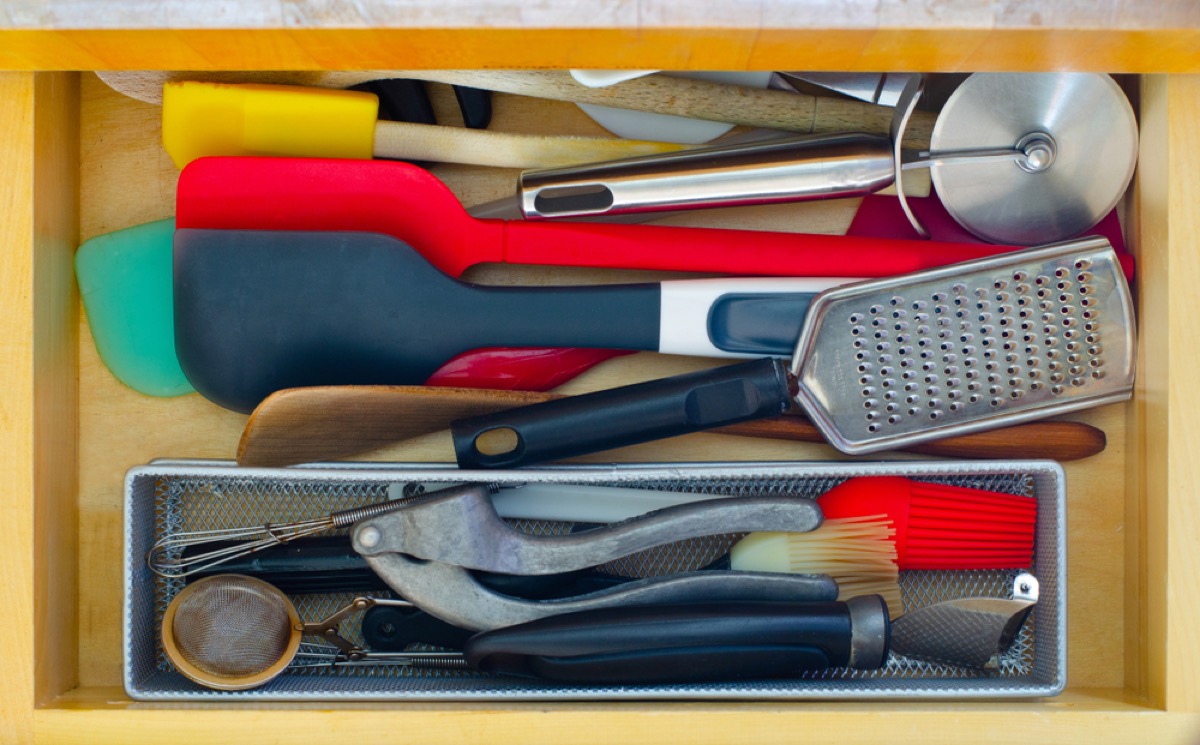
If you’re serious about downsizing, stick to a “one of each item” policy. “Ask yourself, ‘Do I have multiples of this type of thing or do I use one of these things more often than the others?’” suggests Socci. “You probably don’t need five garlic presses—and keep only the ‘good’ scissors that you use most of the time.”
8
Ditch the bulk goods.

It may have seemed like a good deal to buy all that shampoo or detergent in bulk, but the smaller home you’re moving into might not have the space for it. If that’s the case, have a clearance sale and earn yourself a nice profit!
9
Create a capsule wardrobe.

Capsule wardrobes—wardrobes edited down to just a few key pieces that can be mixed and matched—are an easy way to whittle down your clothing options and part with what you don’t need. Keep timeless, versatile pieces, ditch anything too trendy, and donate or sell anything you haven’t worn in six months.
10
Consider how hard it would be to replace the thing you’re getting rid of.
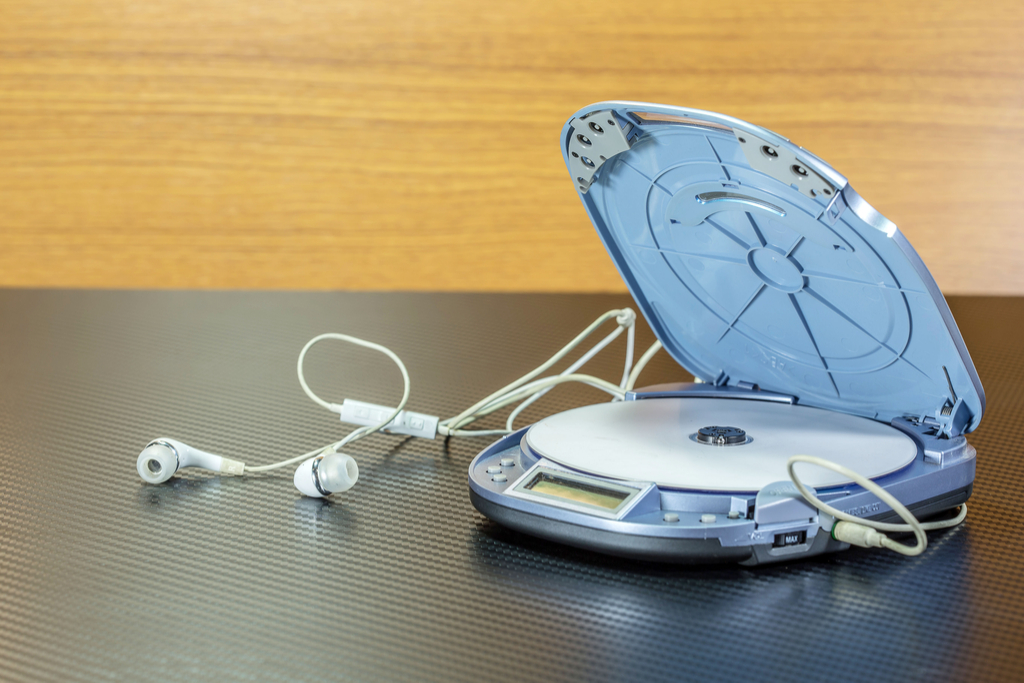
“If you have items that you are keeping because you may need them someday, decide whether their possible use is worth the amount of space they are taking up,” says Socci. In many cases, especially with items like furniture, media, and cookware, these things can easily be replaced in the future—possibly even with an improved version.
11
Consult your family before you toss anything.

Before you accidentally give away something with sentimental value, reach out to your family to make sure that what you’re getting rid of isn’t the prized possession of someone in your inner circle. “Talk with children and family to determine what items they would like to keep and what they are not interested in,” suggests Santoro. “This information will make it easier for you to make decisions.”
12
But don’t keep things assuming they’ll be sentimental to others.

That said, it’s not wise to keep something assuming it’s special to another member of your family—especially your kids—without asking. “Understand that your children may want very few items, regardless of how special those items are to you,” says Santoro. Yes, sadly, that means those infant outfits and battered stuffed animals you’ve been storing forever may not be long for this world.
13
Donate anything that you won’t personally use in your new home.

Your collection of commemorative plates or your grandparents’ bedroom set may seem worthy of keeping for future generations, but that doesn’t mean your kids will necessarily want to decorate in that same style. “Often, your kids will just not want or use heavy vintage furniture or sets of china,” cautions Socci. “Lifestyles are very different these days and younger families often don’t want hand me down things from previous generations.”
14
Consider your family members’ current life stages when clearing out rooms.
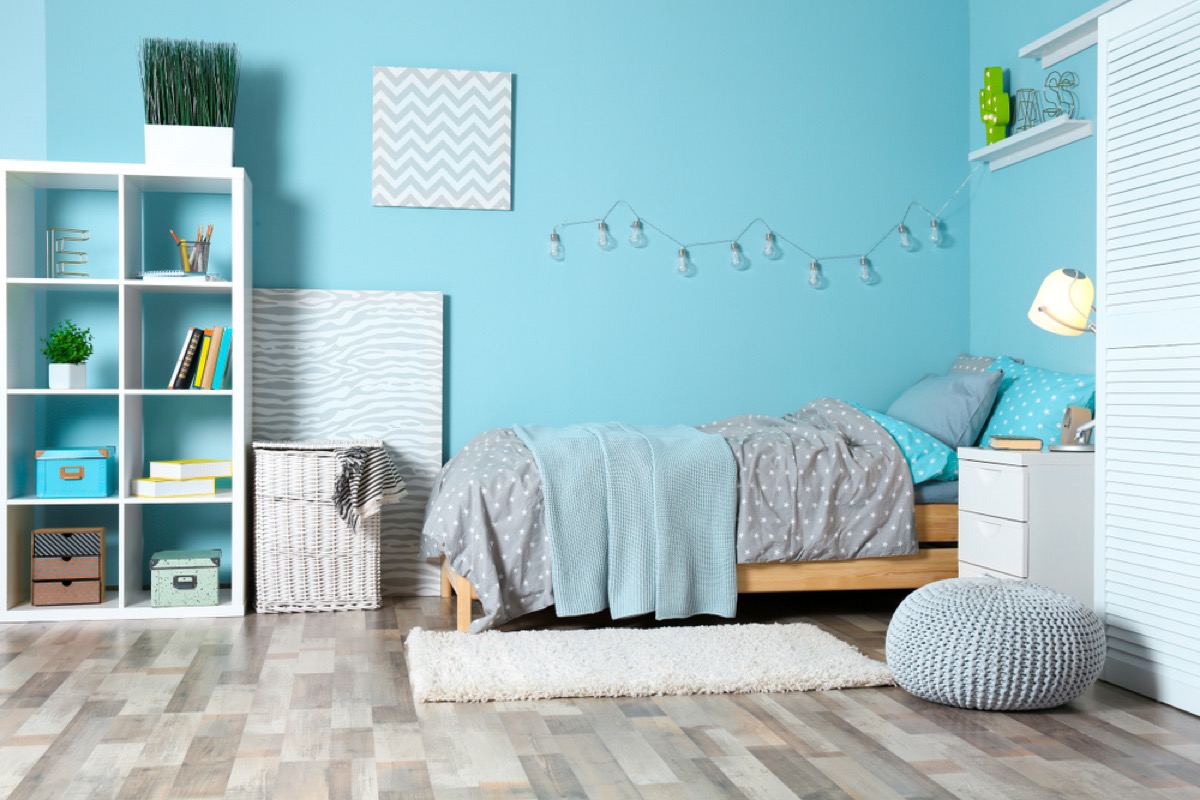
Just because something is in usable condition doesn’t mean it’s worthy of a spot in your new home. “Is your home full of toys and furniture more appropriate for children at home, clothes that fit your old work or social life, or obsolete media formats?” wonders Socci. “If you have items that are no longer needed, donate or discard them. Even if they are still usable, if you aren’t using them, they are just occupying space you could free up.”
15
Give family members a “ditch by” date.

It may be nice to agree to keep an item for a friend or family member until they can pick it up, but make sure there’s a finite hold time attached. “If your kids genuinely do want some of these items, give them a deadline to pick them up,” says Socci. “Often, parents find their homes acting as a storage locker for their grown kids!”
16
Have your kids clear out their own spaces.

Better yet, put the onus on your children—no matter how grown they are—to go through their own belongings. “You are not responsible for your grown children’s memorabilia from grade school through college,” says professional organizer Katy Winter, founder of Katy’s Organized Home. “Have them go through their own rooms. If they do not have storage in their new home or apartment, allow them one bin.”
17
Digitize anything important.

Those old photos can still have a place in your life, even if that doesn’t mean lugging a bulky photo album to your new home. “Maybe you will decide to digitize all your photos and only keep the ones that will be framed. There are many different avenues and it all depends on the main goal,” says Winter. “How do you envision your new living space to feel and look? Do you want to be surrounded by your past or do you want space to bring new items and treasures from your future?”
18
Bring your friends along.
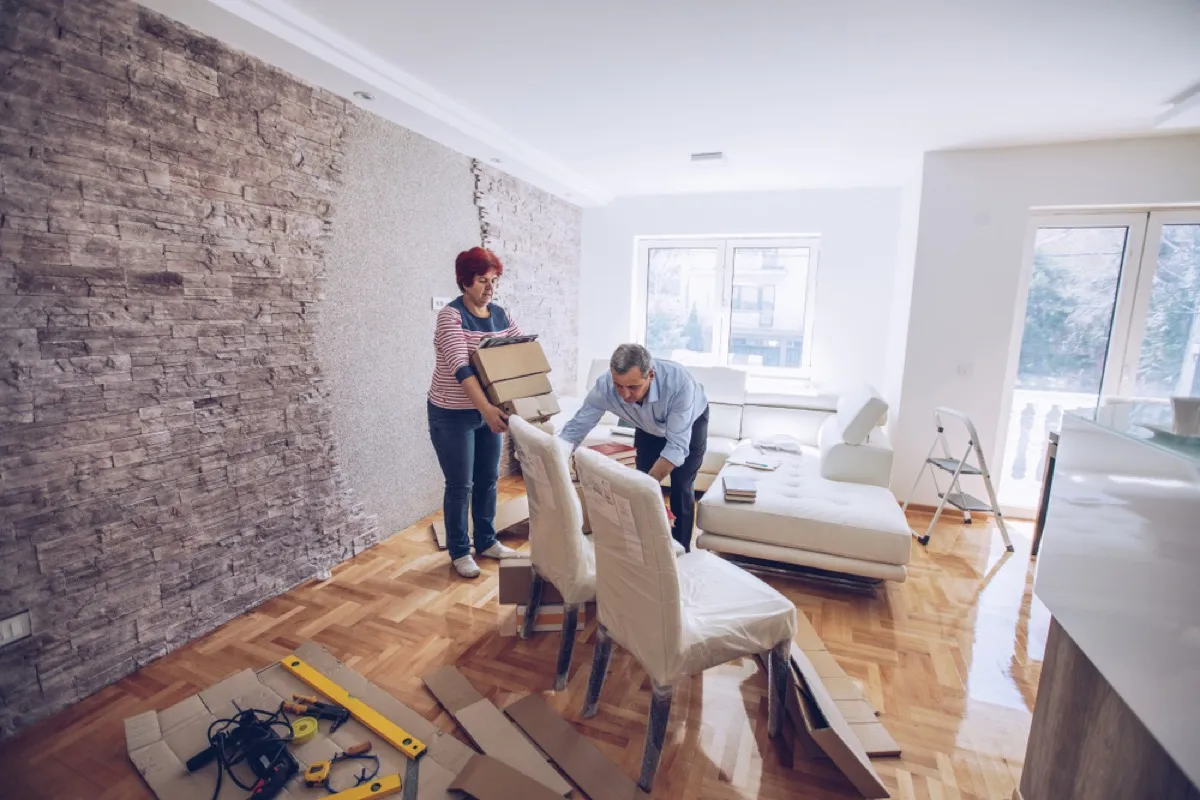
Don’t clear out your attic alone, Winter suggests. “It’s messy, heavy, and usually involves a lot of unloading and a dumpster,” she says. “I have yet to find an attic where we did not purge 90 percent of the contents.”
19
Make sure you love the things you’re keeping.

Even if you’re not ready to go full KonMari, you can still take a page from Marie Kondo’s book and make sure that the things you’re bringing with you actually make you happy. If something isn’t functional and you don’t find yourself thrilled by the prospect of keeping it around, go ahead and ditch it—you’ll feel 10 pounds lighter.
20
Say no to the “maybe” pile.

Those items in your “maybe” pile are likely to creep back into the “yes” pile if you give it enough time. Just say “no” from the onset.
21
Clear out your storage unit.

If you have a storage unit full of stuff you’ve been meaning to use but never have, it’ll just become the place you end up storing all of those “someday” items when you downsize, too. Whether you host a yard sale, have someone haul the stuff away, or do it yourself, just make sure you ditch that storage unit.
22
Give yourself a limited timeframe to get it all done.

While it may seem like a wise decision to give yourself a wide window when you’re downsizing, too much time may make you backtrack on some of those decluttering decisions. Sticking to a more limited timeframe, like a few weeks or less, will make clearing out your house a more pressing matter, meaning you don’t have time to reconsider the items in your donation pile.
23
Invest in a display case.

If you’re a collector looking to downsize, invest in a display case that fits your new space, limit your collections to what fits inside of it, and donate the rest. In doing so, you’ll avoid finding your new home littered with tchotchkes that you eventually have to cull.
24
Get storage containers to fit your downsized space.
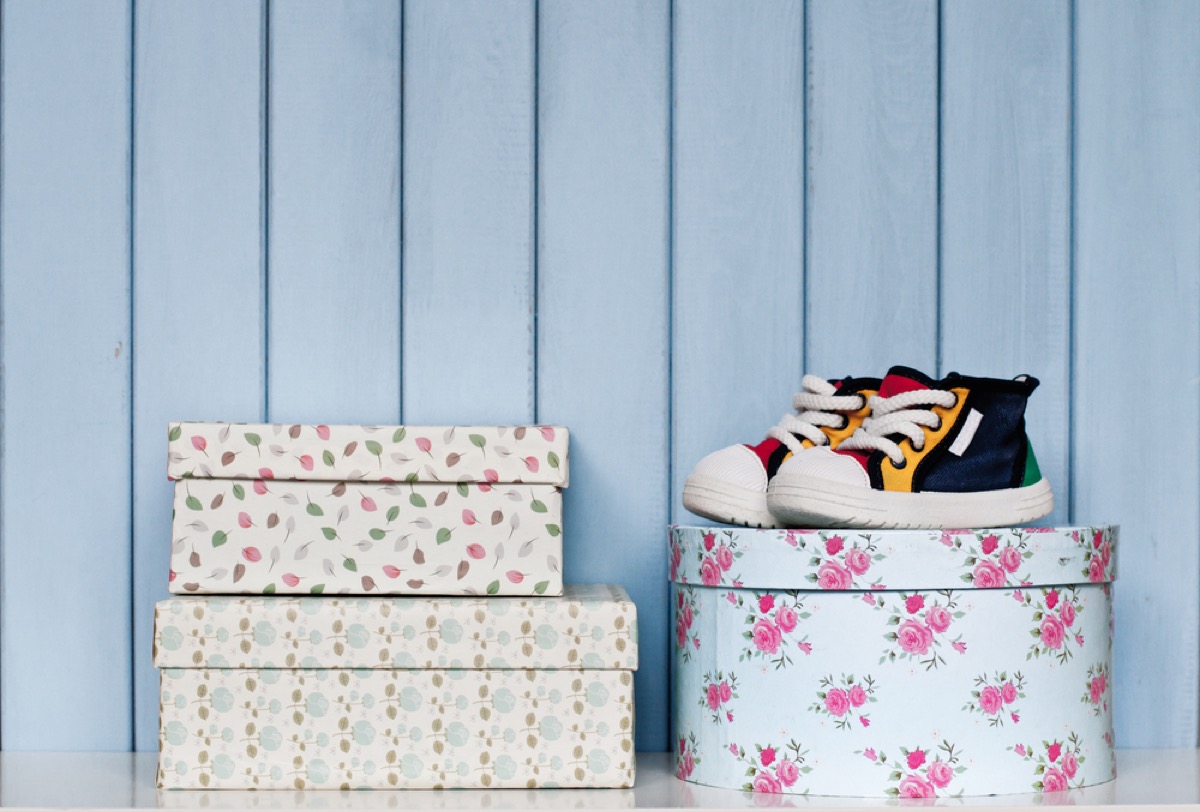
Looking to keep your new home organized when you move in? Figure out what storage containers will fit in your cabinets and closets, and only allow yourself to fill up those boxes. This will ensure that you’re not carrying clutter into your new home.
25
Adopt a “one in, one out” policy.

If you’re downsizing, there’s no better time to adopt a “one in, one out” policy. So, for every item you buy, you have to get rid of another item of the same type. And yes, that applies to everything, from office supplies to clothing.
26
Stop ordering things.
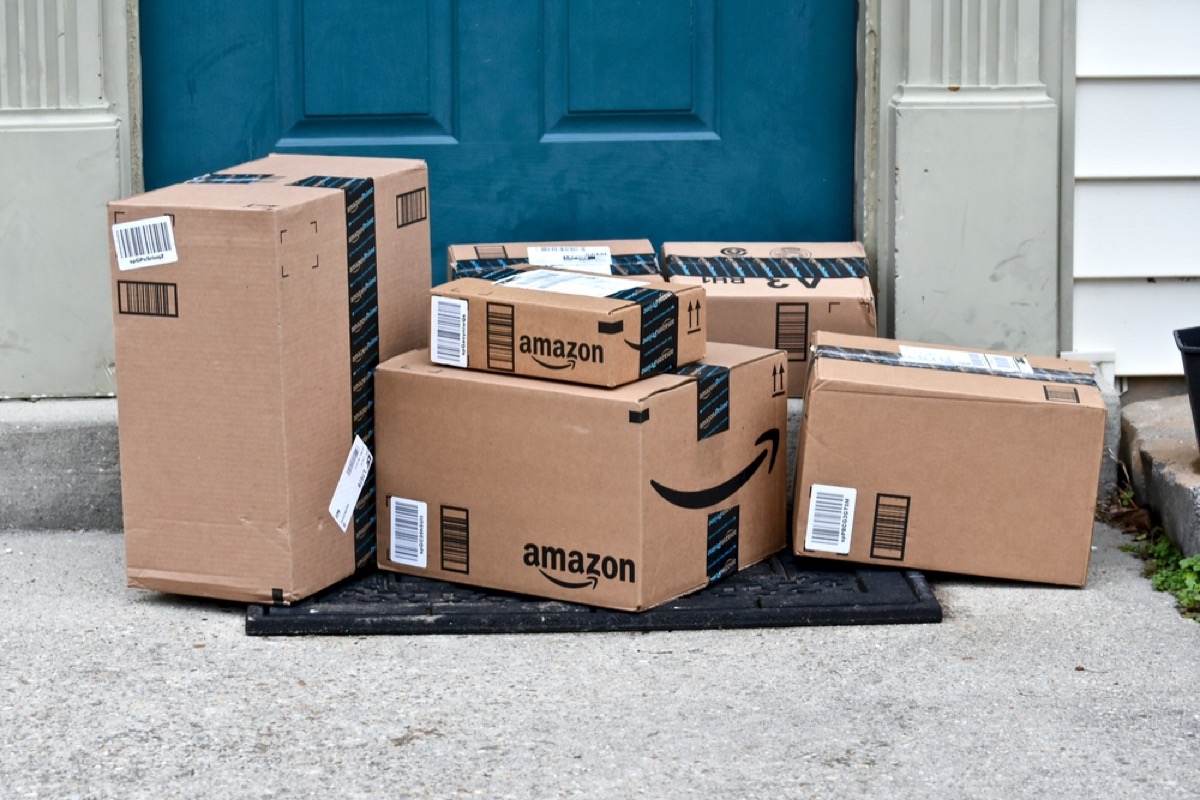
Eventually, you need to give up those late-night Amazon impulse buys entirely. Sure, it may be hard, but it will make it much easier when you’re getting ready to move. Before you buy anything new, make sure you’ve used every bit of what you already have—that means every bottle of shampoo under your sink and every pen in your office—until they’re completely used up.
27
Shred your old documents.

Unless it confirms your identity or ownership of something, most documents you haven’t used in five years can be safely shredded. When in doubt, digitize the file first, then shred that paper copy to limit the potential for identity theft.
28
Consider your entertaining habits.

While you might imagine yourself hosting endless get-togethers in your retirement, if you haven’t typically been a social butterfly, don’t choose a new space based on the idea that you’ll become one. Socci recommends seriously considering whether or not you’ll actually be hosting all those soirees, or if your family members might pick up the slack in terms of holidays and gatherings going forward.
29
Rent out your space before you move.

Moving is expensive, but renting out your current home while you’re in the process of getting your new one in order can help offset some of the financial burden. If you’re packing things up room by room, rent out a mostly-emptied bedroom on weekends while you’re setting up your new space.
30
Measure everything.
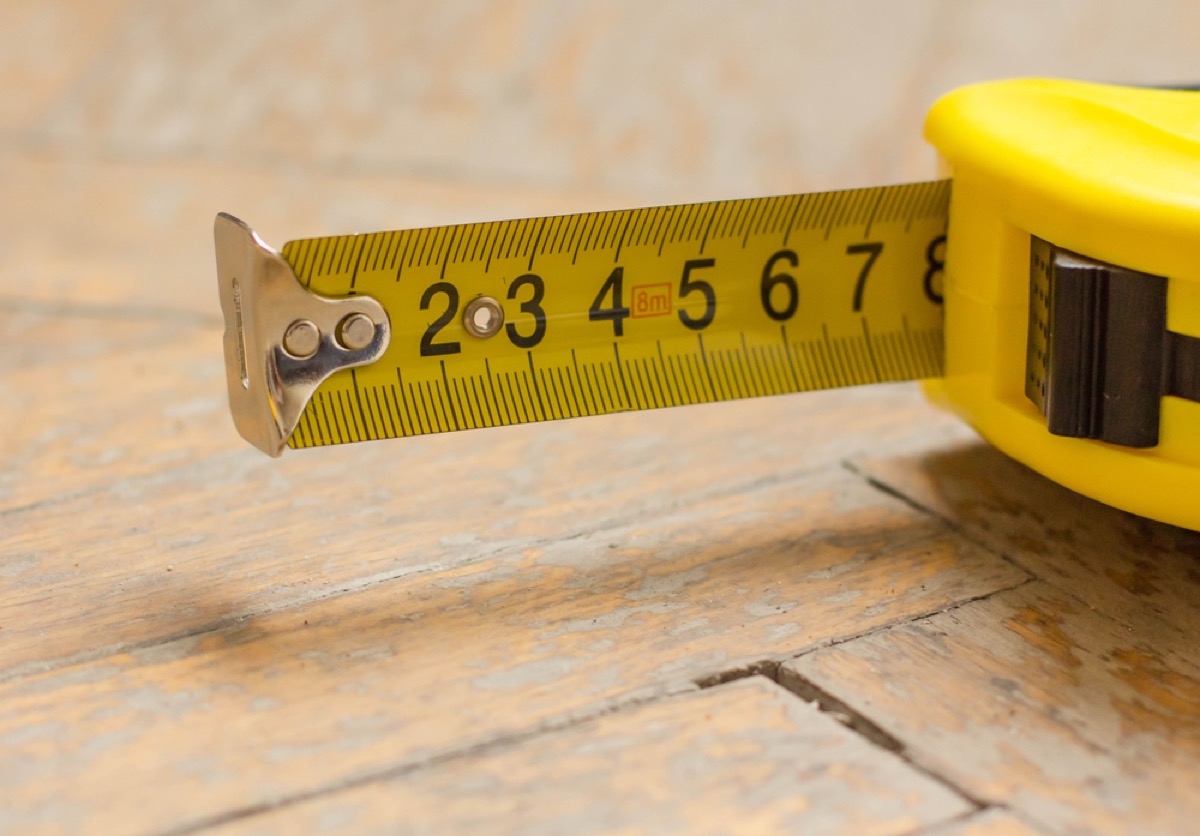
That sectional or oversized armoire you love may not be worth keeping around when you downsize. In fact, those big furniture items might not even fit into your smaller space. So before you decide you absolutely can’t part with a piece, make sure you’ve measured it—and the space you’re hoping to move it into—with the utmost care.
31
Invest in a safe deposit box.

Have valuables that you want to keep, but don’t have a good place for them in your new home, or worse, worried they’ll get lost in the move? Get a safe deposit box at your bank to keep them in for the time being and you won’t have to stress!
32
Pursue amenities over square footage.

Moving from a home into a condo? Seek out amenities that will reduce your need for square footage. For instance, a building with a gym can help you get rid of bulky exercise equipment, while living in a space with a building-maintained garden can help you ditch those tools in your shed.
33
Pay off your existing mortgage balance.

In many cases, the financial aspect of downsizing is just as important as the decluttering itself. If you’re trying to downsize your financial burden as well, create a timeline for paying off your existing debts, like your mortgage, so you can enjoy a clean slate when it’s time to move on. And for more ways to make the most of the years to come, discover these 50 Life Changes to Make After 50.
To discover more amazing secrets about living your best life, click here to follow us on Instagram!